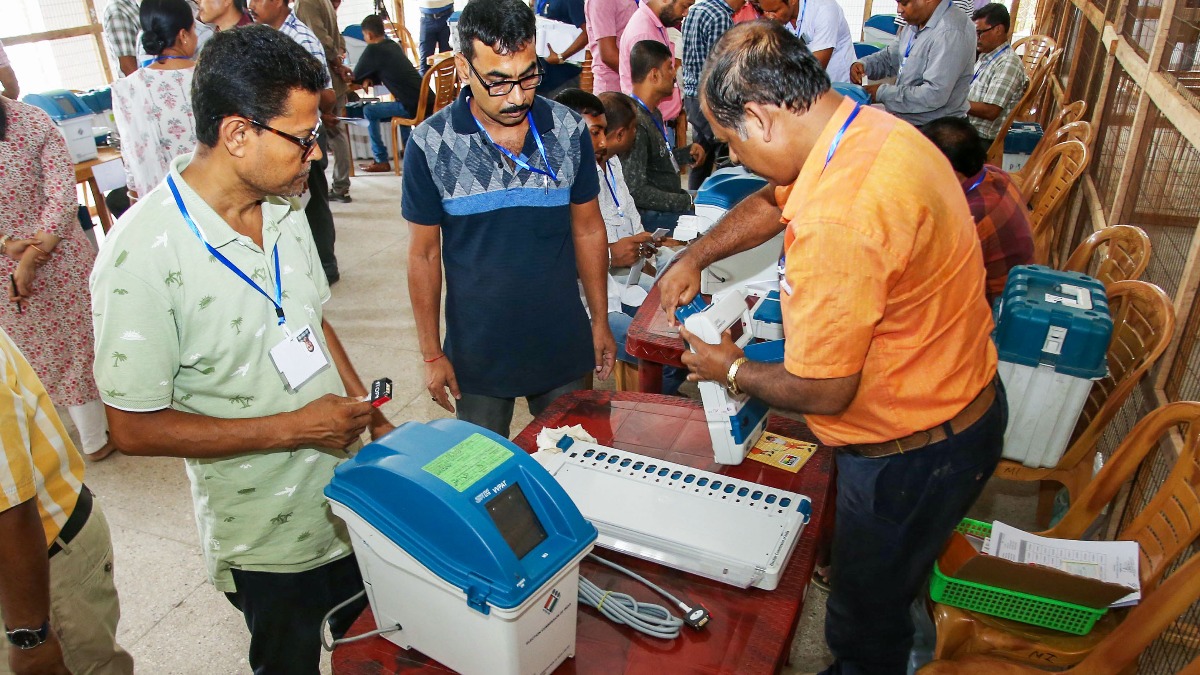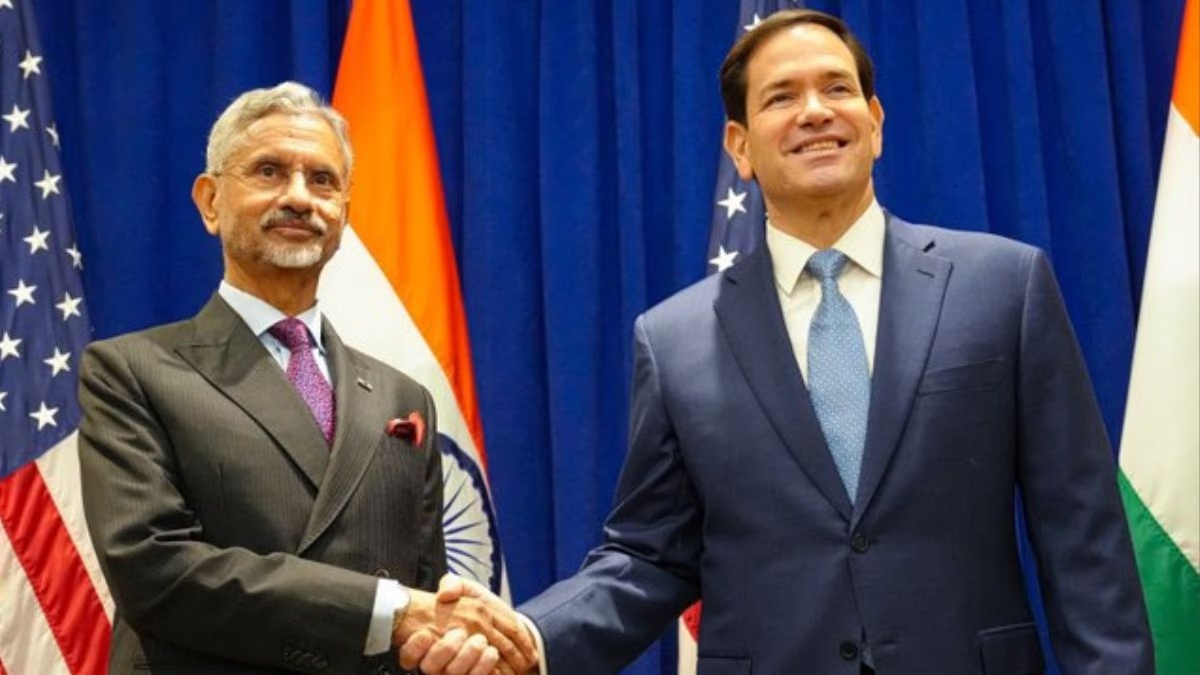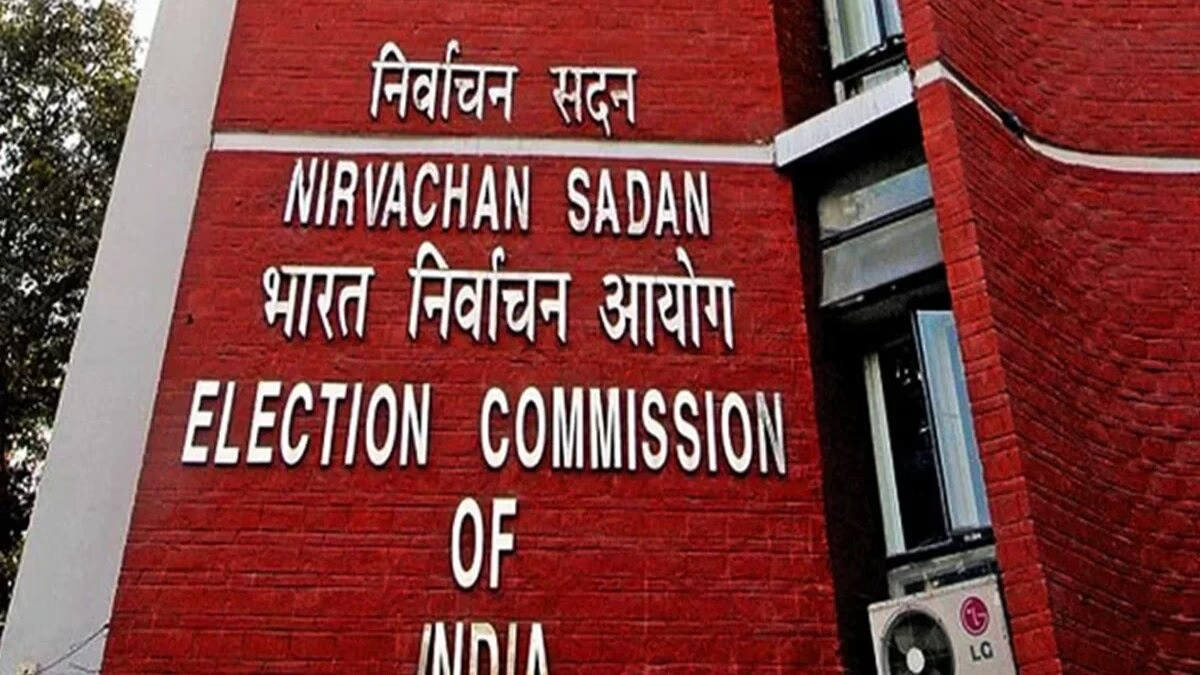On Wednesday, the Supreme Court engaged in a listening session regarding petitions that demanded a matching of all Voter-Verifiable Paper Audit Trail (VVPAT) slips with the votes cast via Electronic Voting Machines (EVMs). That morning, the Supreme Court had requested further details on four to five aspects related to this technology and summoned officials from the Election Commission of India for post-noon discussions.
Following the hearing, the bench led by Justices Sanjeev Khanna and Justice Dutta declared, "We cannot control elections, nor can we regulate the workings of other constitutional authorities. The Election Commission of India (ECI) has clarified matters. We cannot alter your thought process, nor can we issue a Supreme Court order based merely on doubts."
The courtroom proceedings extended a little over half an hour. Speaking on behalf of one of the petitioners, advocate Prashant Bhushan raised concerns in the court by stating, 'It is doubtful that the processor chip in an EVM can only be programmed once.'
Justice Khanna replied, 'They have cleared the doubt.'
Prashant Bhushan: 'The manufacturer of the EVM has an AnnexP. We tried to understand the features of the microcontroller from the company's website, and we downloaded it. This microcontroller includes a flash memory. Thus, claiming it is not reprogrammable is not accurate. Even computer experts agree.'
Justice Khanna: 'This is why I asked the ECI, and they confirmed they use a one-time programmable.'
Bhushan: 'Flash memory is always reprogrammable.'
Justice Khanna: 'We must trust the technical data from the ECI on this matter.'
Bhushan: 'They admit that there is a flow from the signal ballot unit to the VVPAT and from the VVPAT to the control unit. What if there has been a faulty program in the VVPAT's flash memory?'
Justice Khanna: 'They assert that the flash memory contains no program but only symbols.'
Bhushan: 'However, flash memory is reprogrammable.'
Justice Khanna: 'They did not claim that. They stated that no program exists within the flash memory, only symbols are. They're loaded with symbols, not software. Concerning the microcontroller within the Control Unit (CU), it does not recognize the name of a party or a candidate. It only recognizes the buttons of the Balloting Unit. The buttons in the BU are interchangeable. The manufacturer does not know which button will be assigned to which party.'
Justice Khanna: 'They are not loading any program. They are loading a symbol, which is an image file.'
Bhushan: 'What if the wrong program is loaded alongside the symbol.'
Justice Khanna: 'We will take note of this, we understand the argument.'
Justice Dutta: 'To this date, there have not been reports of such occurrences. We cannot control the elections, nor can we control other constitutional authorities.'
Bhushan: 'My focus is on increasing VVPAT paper trails.'
Justice Dutta: 'If any anomalies are found in the 5% of VVPATs that are counted, any candidate can showcase them.'
Another lawyer for the petitioner: 'There is software available in this country for manipulation.'
Justice Dutta: 'Can we issue a supreme order based solely on doubt?'
Justice Khanna: 'Whereas if there's a need for improvement, we certainly can make improvements. Courts have intervened twice in the past—one instance was when we mandated VVPATs as essential. The second instance was when we expanded from one to five, not for rehearsal but for resolving doubts.'
Senior advocate Sanjay Hegde emphasized, 'A barcode is merely another image. Incorporating it could significantly assist the process. We are not demanding a return to paper ballots; we are simply advocating for paper validation.'
Consequently, the Supreme Court reserved its decision, reiterating that it cannot govern elections.




